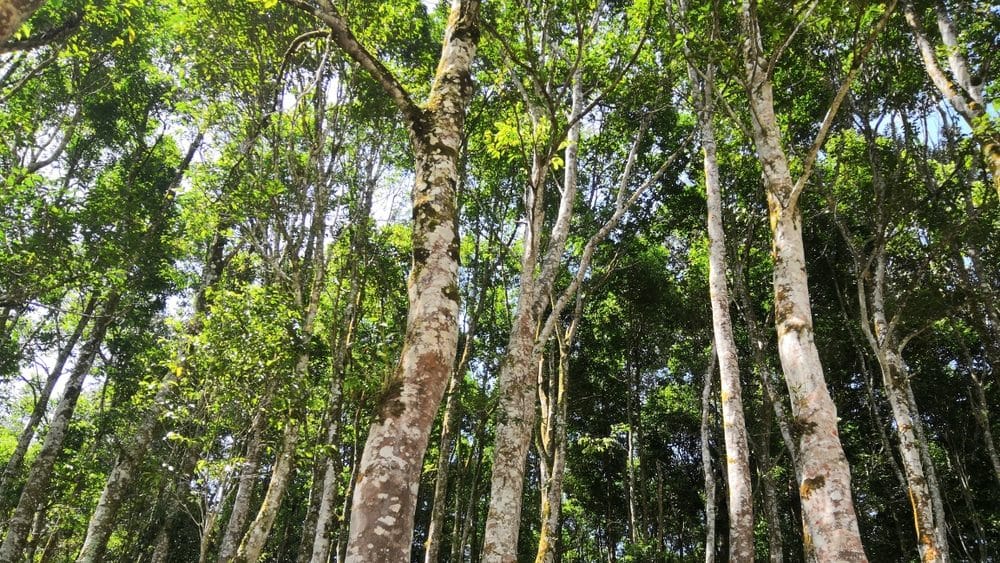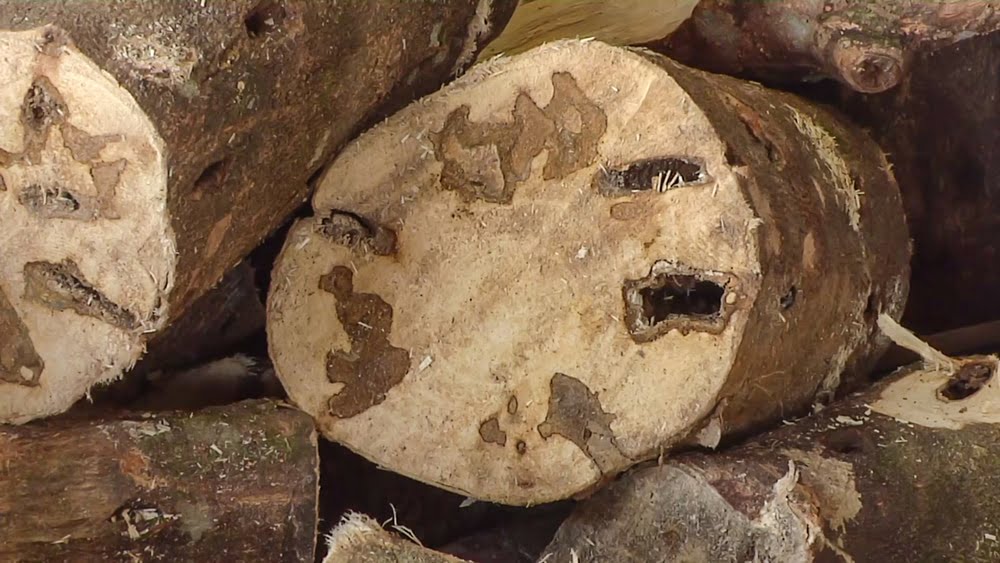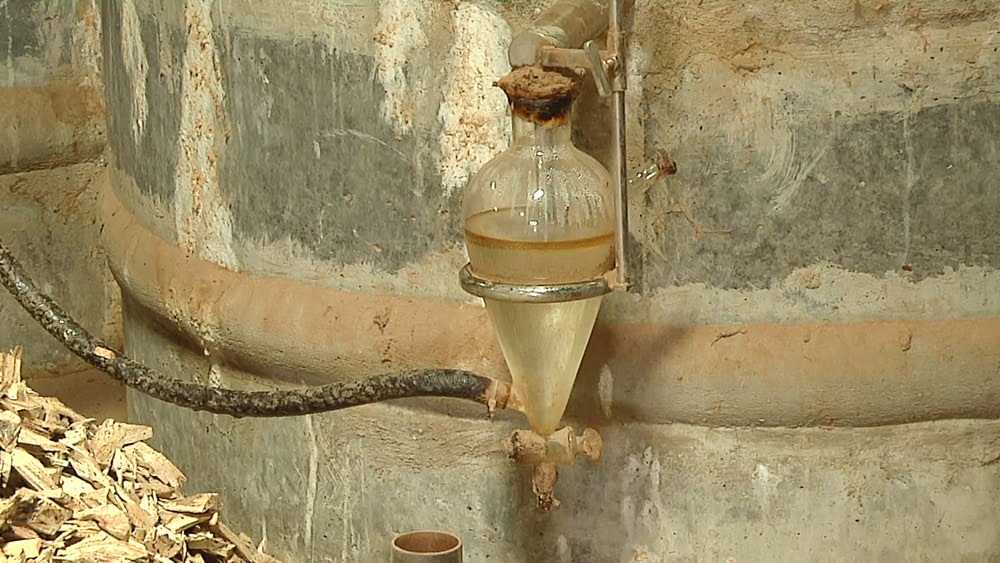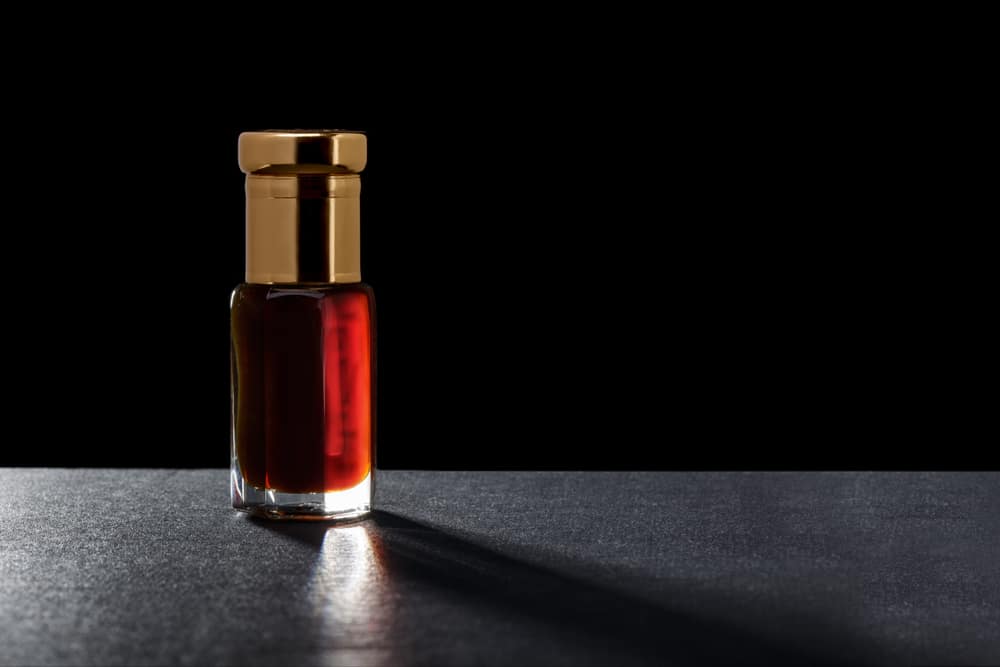Origin of scents
Cambodi oud oil | Handmade and unique originality
From the rainforests of Cambodia, agarwood trees grow, and they are the origin of our story today. Farmers take care of these perennial trees in an arduous process to try to prevent the transmission of diseases and dirt to them to preserve their splendor and elegance throughout the ages.
These trees have been cared for over the generations for nearly a hundred years, as the ancestors pass down The great career of their children to continue to nurture Cambodia’s first treasure.

The story of Cambodi oud oil:
The story of Cambodi oud oil begins when the farmers carry out an artistic harvesting process, where the wood is cut with great care and mastery to preserve this hidden treasure. It is an extremely difficult process as the farmers need to cut the trees carefully so that the perennial trees are not damaged.

Collecting Agrawood to make Cambodi oud oil:
The Agrawood is collected to begin the second stage of the agarwood extraction process, which is cleaning the agarwood and isolating the damaged ones. This task is carried out by skilled technicians who have mastered this craft over the years. These professionals work to sort and clean the agarwood with special tools. They also isolate the unwanted parts so that they are not affected. Oud oil removes impurities.
After this arduous process, which usually requires three to five days, the luxurious agarwood is collected, where technicians constantly wash it in a final process to purify impurities and dust. The wood is collected for drying in preparation for the grinding process, where primitive machines are used in the grinding process, which cut the agarwood. Into very small parts until it turns into a powder or very small pieces depending on the method of grinding the product, in preparation for the fermentation and distillation stage.
Fermentation of Cambodi agarwood oil:
Oud powder is soaked in medium-sized barrels or tubs and left for fermentation for a period of five to ten days. Fermentation is one of the first and most important stages of manufacturing.
Distillation of Cambodi agarwood oil:
Distillation technology is one of the oldest techniques that have been used to extract perfumes since ancient times. Learn more about distillation technology from here:
The oud soaked in water is placed in a special pot for distillation, where a certain percentage of water is placed to complete the process, where a high temperature is maintained by burning wood, where the water evaporates with the atoms of the oud fat through a tube that is connected to a water tank. The cold mixture acts as a condenser, and then this mixture is distilled in a container designated for collecting oud oil.

Collecting and drying Cambodi agarwood oil:
The Cambodian oud fat is collected, which collects on the surface of the water resulting from the process of distillation and condensation. The fat floats to the surface and the water remains at the bottom. The collected fat is exposed to sunlight for long periods until it dries completely from the water, leaving only the pure oud fat remaining.
Features of Cambodi oud oil:
Cambodi oud oil is considered one of the oldest aromatic oils to be discovered, and it is distinguished by its scent and high quality, especially if it is extracted traditionally, as we mentioned, without using modern machines. Cambodian oud oil is also characterized by a high degree of stability on the skin and clothes, as it lasts for a long time after usage.
Uses of Cambodi oud oil:
One of the most common uses of Cambodi oud oil is personal use. It is also suitable for gifting, as it is one of the finest and most stable types of oils. It is also usually used on special occasions such as weddings and others.
In addition to the above, Cambodi oud oil is used in popular incense blends, where it is mixed with natural oud to create a unique aromatic experience, which combines the luxurious scent of oud with the distinctive Cambodian flavor, which makes it popular with


